William Donald Borders is apparently the first space bishop, according to an obscure rule within the 1917 Code of Canon Law. You might be wondering: “When did we start dividing up territories that we haven’t even populated?”
W. Borders was named the first bishop of Orlando in 1968. And as luck would have it, the Apollo 11 space mission was launched one year later.
The old Catholic law, which was still in effect in 1969, indicated that every new territory discovered will fall under the rule of the diocese from where the members of the expedition left.
Cape Canaveral, the place where the legendary Apollo 11 launched, is under the range of the Diocese of Orlando and its territory. This fact makes Bishop Borders the first bishop of the moon!
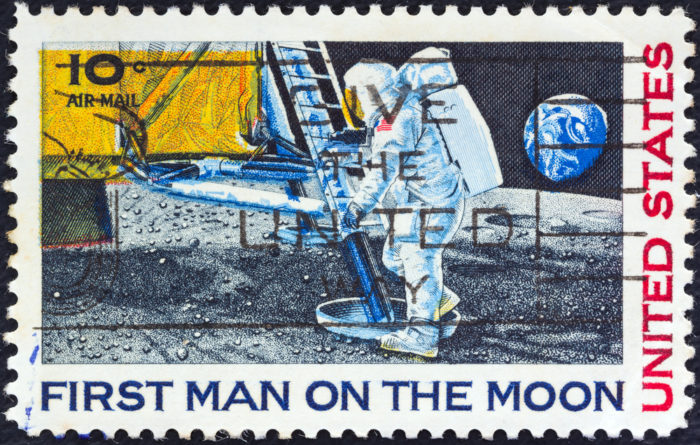
The Apollo 11 space mission
July 16th, 1969, the Apollo 11 space mission took off, being launched from Cape Canaveral. Apollo’s mission is meant to fulfill President John F. Kennedy’s goal for the nation. In 1961, J.F.K shares his plan to “land a man on the Moon and return him safely to the Earth, before the decade is out.”
Little did the president know that this space mission would also unintentionally make Bishop Borders the first Bishop of the Moon. Not only that, but it would also make the Diocese of Orlando the biggest diocese in the known Universe. By claiming the Moon under its rule, the Diocese of Orlando adds more than 14.6 million square miles to its current territories.
Fun fact: Buzz Aldrin took Communion on the moon, even though he’s a Presbyterian, not a Catholic.
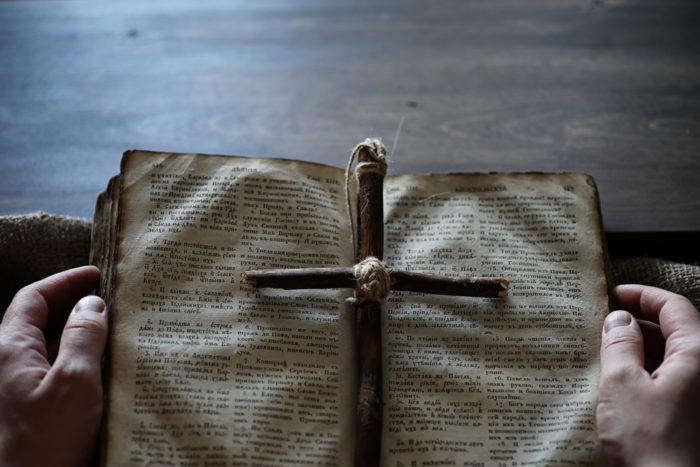
The rule of the 1917 Code of Canon Law that made it possible
The 1917 Code of Canon Law, also called the Pio-Benedictine Code, is the first official comprehensive codification of Latin canon law. Promulgated on 27 May 1917, it started taking legal effect on 19 May 1918.
It was abrogated in 1983, on the 27th of November, when the 1983 Code of Canon Law took legal effect.
Before the codification of the 1917 Code of Canon Law, the numerous new laws and decrees that had been issued by popes, councils, and Roman congregation would be just a scattered mass of legal material.
The 1917 Canon Law Code references the rule about “newly discovered land”, but it apparently went unnoticed as it was still in effect in 1969, at the time of the launch from Cape Canaveral.
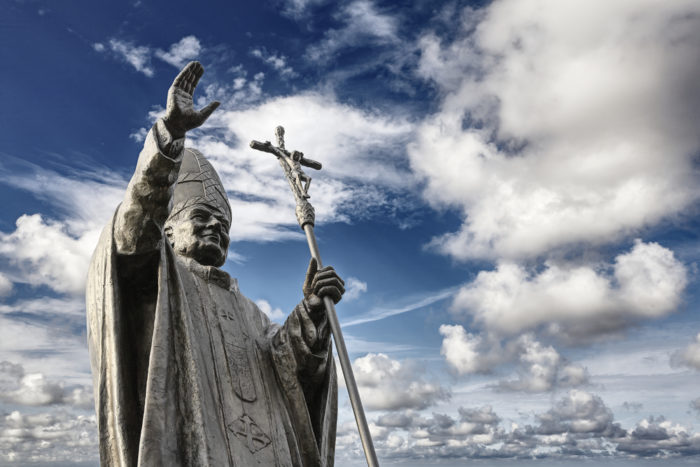
Say it to the Pope!
It was actually a tongue-in-cheek comment that Bishop Borders made when visiting the pope, which triggered the entire “Bishop of the Moon” matter.
Following the launch of Apollo 11, Bishop Borders met with Pope St. Paul VI for his ad limina (a meeting that takes place every 5 years between a bishop of a diocese and the pope, in which he has the privilege to greet the pope, and then discuss current issues with the heads of various Vatican departments).
As you can see, Bishop Borders used his time with the pope wisely! According to Renae Bennett, diocesan archivist, Borders told the pontiff that he was “bishop of the Moon”.
A confused look on the pope’s face made Bishop Borders bring up the 1917 Code of Canon Law, where it was stated that newly discovered land would fall under the jurisdiction of the diocese from which the expedition team that discovered that territory departed.
He also informed the pope that Cape Canaveral, Apollo 11’s launching spot, was located in Brevard County, which was part of the Diocese of Orlando, along with 12 other counties and, now, the Moon.
On the 50th anniversary of the Apollo 11 launch, Jennifer Drow, secretary of communications for the Diocese of Orlando was interviewed on the matter. She says that Bishop John Noonan, the current bishop of Orlando, does not consider himself bishop of the moon. She says that the current bishop of the Diocese of Orlando would probably say that God is the bishop of the moon.
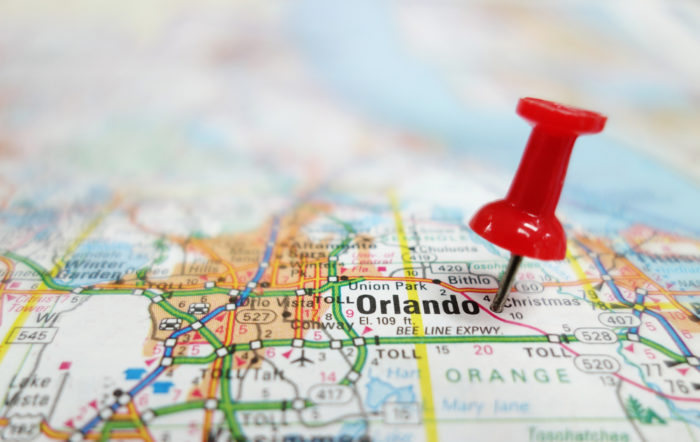
What does Bishop Borders’ claim of jurisdiction mean?
First of all, it 100% doesn’t mean that the Diocese of Orlando, or the Catholic Church for that matter, claim sovereignty on the Moon’s territory. Bishop Borders made this comment with humor intended, as he knew Pope St. Paul VI was a supporter of the Apollo 11 space mission.
And even if we were to follow the rule of the 1917 Canon Law Code, the Catholic Church wouldn’t be able to claim ownership of the Moon.
By falling under the jurisdiction of the Diocese of Orlando, according to this obscure law, it would only affect the Catholics inhabiting the Moon.
A diocese, in ecclesiastical (clerical) terms, simply offers administrative rights and responsibilities to its bishop regarding only matters of the Catholic Church.
So fear not, the Moon is still up for grabs!

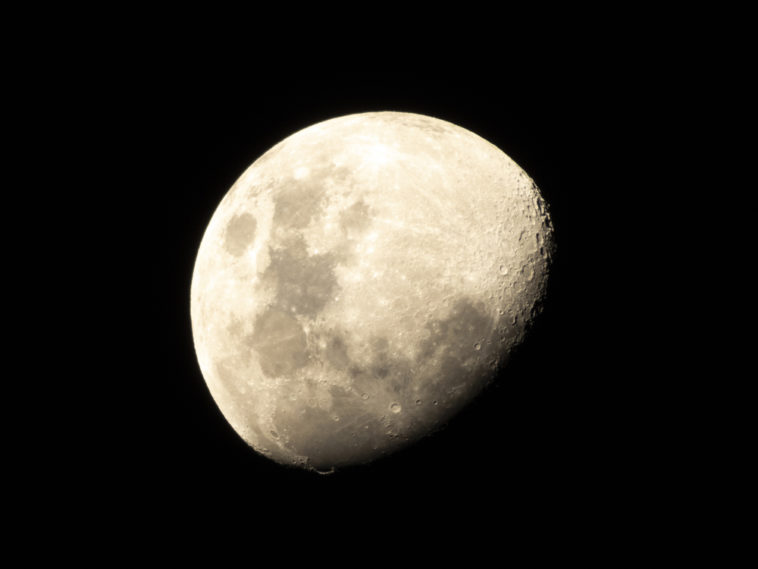


Comments
Loading…